Apple's required financial data tells the tale of a company that has been deeply invested in efficient research and development for 20 years to advance the company's long-term goals — but it in itself does not herald something big on the horizon.
Research and development has always been an underpinning of Apple's strategies, since Steve Jobs reclaimed the reins, and in Tim Cook's tenure as well.
Apple's research and development budget has been in an upswing for years, and is more related to the income of the company, more than anything else. There is no obvious correlation between an increase in R&D spending for the iMac, the iPod, the iPhone, or the iPad — or any one of the updates to any of the lines.
Looking at the last five years on a quarterly basis, income has varied a great deal mostly because of release cycles and seasonality — and Apple's research budget has increased linearly with time.
In fact, as Apple's revenue has increased, it's percentage of its revenue it has spent on R&D year-over-year has been on a relatively flat trajectory since 2009. This signifies that Apple is not chasing any specific goal or radical expansion, but feels no particular need to keep the spending proportionate with the growth of the company.
Apple versus Silicon Valley and South Korea
Media likes to portray Apple locked in mortal combat with its competitors, with a tit-for-tat battle raging day in and day out. Conventional wisdom suggests that besides just supply chain efficiencies to squeeze out maximum profit and an advertising fight to capture the hearts and minds of consumers, the third main front in the battle is research and development spending to make something customers want to buy in the first place.
Apple spends $2 billion less per year on research and development than Samsung, and still crushes it on revenue by over $46 billion per year. Alphabet's R&D expenditures vastly exceed Apple's by more than $4 billion, and Apple clears more than twice the annual revenue.
The gaps are wide in percentage of revenue Apple spends on R&D versus its competitors as well.
Conventional wisdom from mainstream media suggests even today that Apple will drop even more cash very soon on research and development to catch up with competitors. The assumption is that during the course of this battle, Apple is seeing that it is somehow outnumbered by the forces that Page and Brin by any given name field — and is in mortal peril because of it.
Apple could marshal those forces, if it wanted. At present, Apple's cash hoard is four full years of Alphabet's revenue, and seven years of Facebook's, so there's a lot of leeway to expand R&D.
It just doesn't choose to — and why should Tim Cook and company get all riled up about any perceived gap in research? The company is by any metric doing more with its research and development dollars to benefit the company and shareholders than all of its rivals.
Battles aren't always won by overwhelming numbers. Using forces correctly is more often the cause of victory.
 Mike Wuerthele and Malcolm Owen
Mike Wuerthele and Malcolm Owen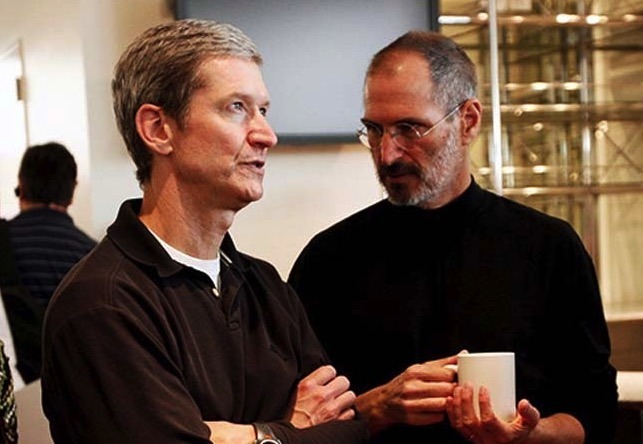

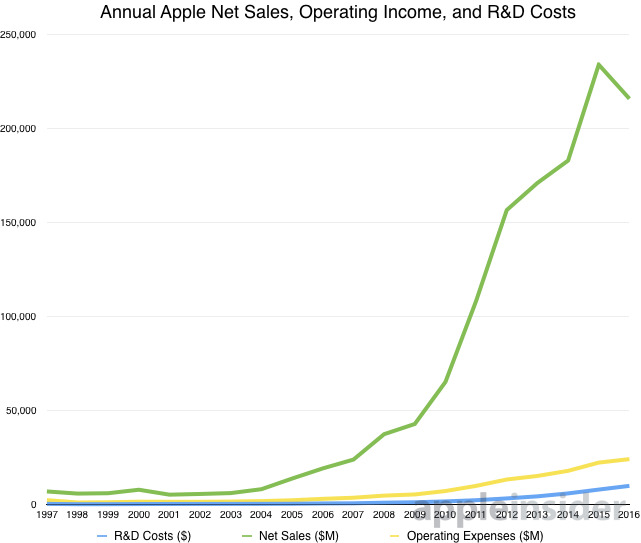
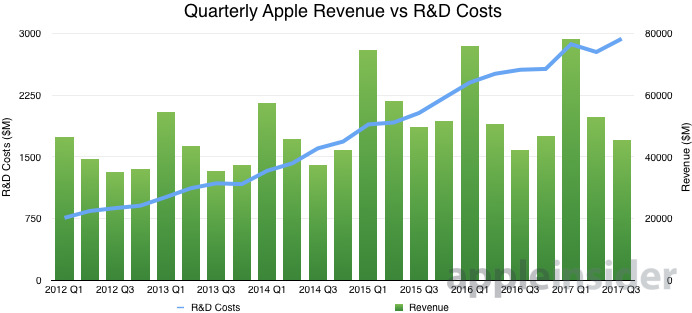
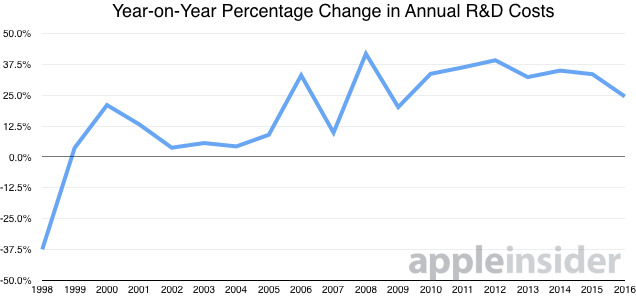
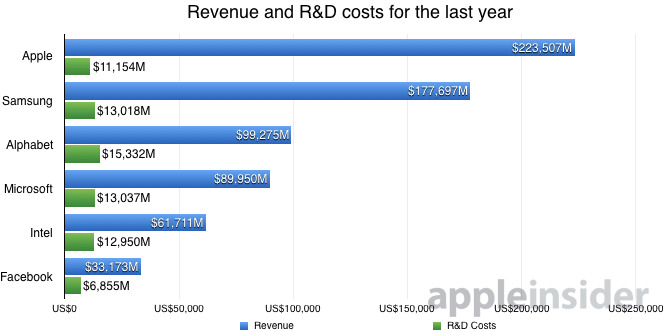
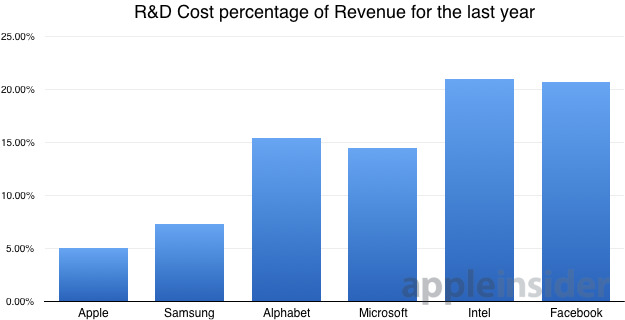



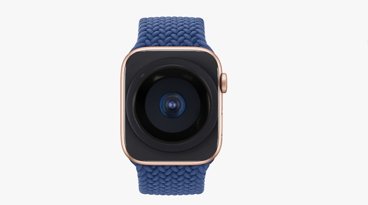
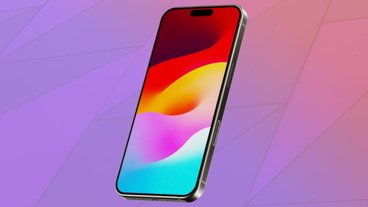


-m.jpg)




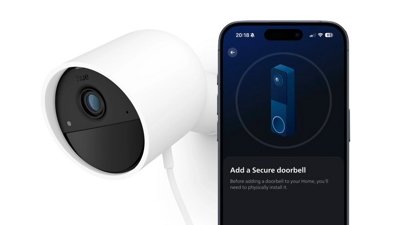
 Malcolm Owen
Malcolm Owen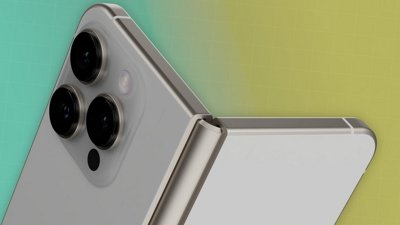
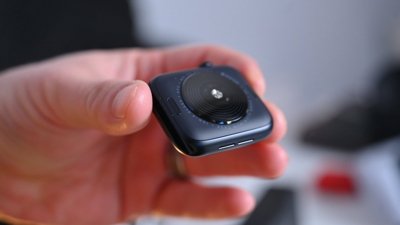
 Charles Martin
Charles Martin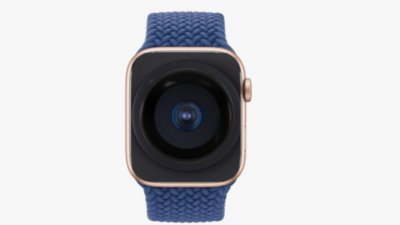

 William Gallagher
William Gallagher
 Stephen Silver
Stephen Silver
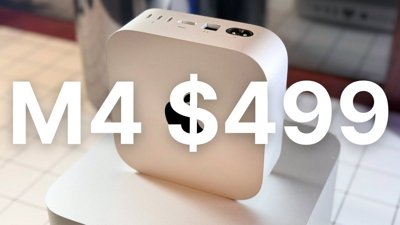
 Christine McKee
Christine McKee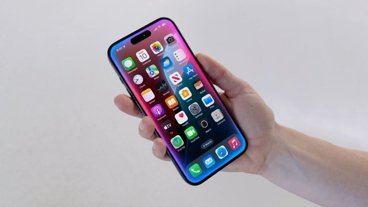
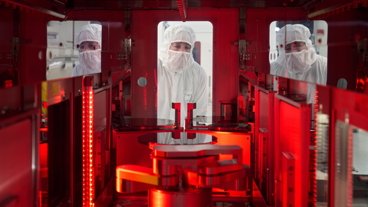
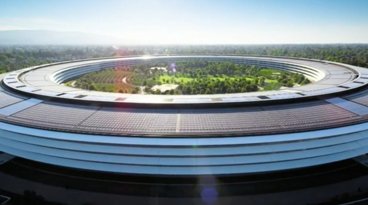




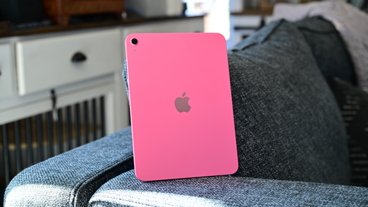
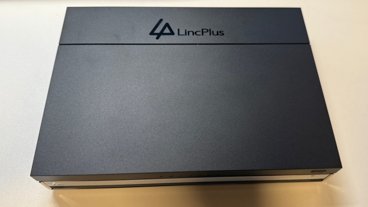

27 Comments
Just throwing money at a problem isn't the best way to solve a problem. At least Apple still understands that.
Is acquiring companies included in R&D expenses?
We don't know if there will be an Apple Car yet as a result of project Titan. That could have been a couple billion in the last few years. If not their own car they could use another brand (like Geely owned Volvo) to manufacture and sell the vehicle
Even though I think Tesla is in the lead I still think Apple could get into the EV manufacturing game. Most Traditional ICE manufacturers are dragging their feet.
Good article, by the way.
R&D is something I’m particularly familiar with. We did R&D in both of the companies I was involved with.
most people don’t realize that R&D isn’t linear to the results. In other words, in relation to the products that come out. While a small, but very important detail, may cost a lot in R&D terms, a major feature may cost almost nothing. This is my own experience. A lot of R&D is really the R, but not the D, and a lot is the D, but not the R. It depends. Sometimes you need to go well beyond what you want to do to be able to actually understand the very basics of the science, and other times, you just have to spend on engineering, both mechanically and electronically. These days, software is at the core of most any product, in one way or the other, so that’s included too.
quite frankly, while I understand why intel needs to spend so much, and Samsung, because both of these have numerous products, with Samsung producing almost everything electronic, I just can’t figure out what Alphabet is spending it on.